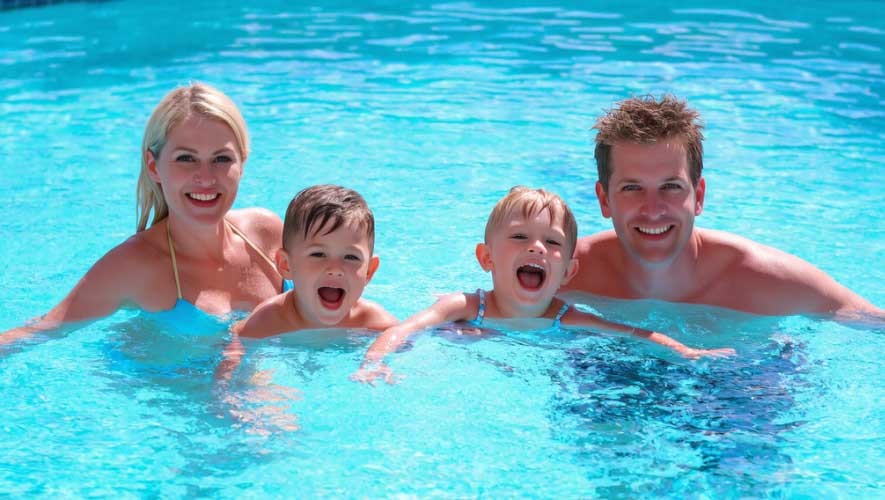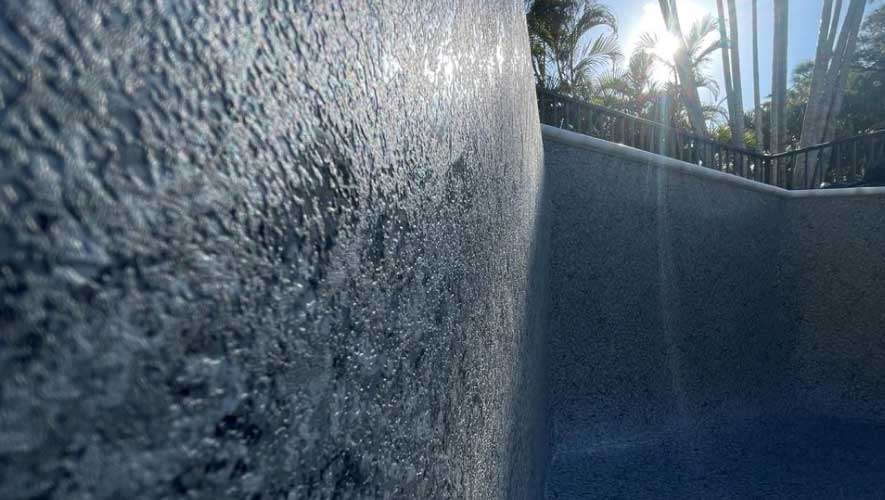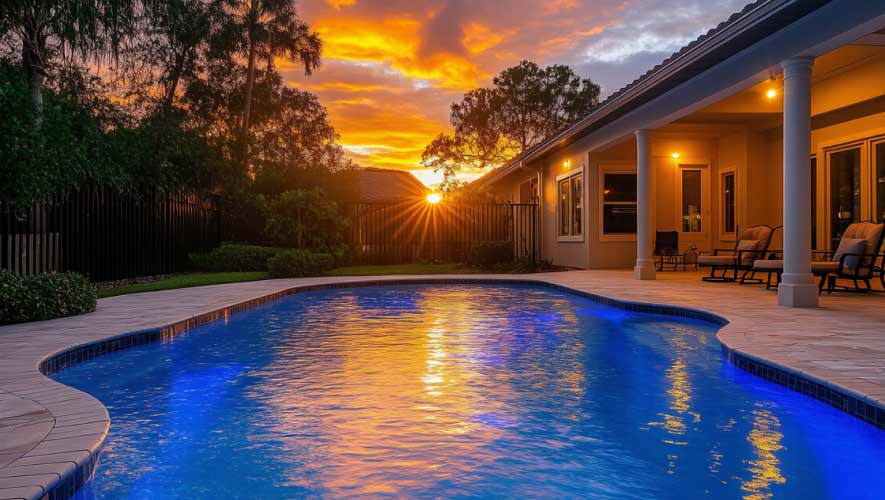Swimming pools bring joy, relaxation, and comfort to both homeowners and organizations. At the same time, many pool owners are becoming more conscious of their environmental impact. Among various pool construction options, PVC liners stand out for their practicality and affordability. But are PVC liners environmentally friendly? This is a key question for consumers looking to go green without compromising on quality or overspending. In this article, we explore how PVC liners balance environmental considerations with durability and cost-effectiveness, making them a compelling choice.

Why PVC Liners are a Top Choice for Pool Owners
PVC liners, made from durable polyvinyl chloride, have become a popular solution for pool liners. Their appeal lies in a number of consumer benefits that translate into both savings and satisfaction. Here’s why they stand out as a top option:
- Exceptional Durability: A high-quality PVC liner can last 20+ years with proper care, which means fewer replacements and less hassle over time
- Maintenance-Free: The smooth, non-porous surface protected by a special acrylic lacquer resists algae and stains. This reduces cleaning time and the need for aggressive chemicals
- Initial Cost Savings: Compared to materials such as plaster or tiles, PVC liners are more affordable to install, leaving room in the budget for other pool elements
- Heat Retention Benefits: PVC membranes insulate well, keeping pool water warmer for longer periods of time and reducing energy bills for heated pools, and no matter which colors you choose—light or dark pool liners —they will all perform this function effectively

These qualities don’t just make life easier – they make PVC liners a smart investment, providing long-term value that pool owners enjoy.
Environmental Friendliness of PVC Liners
Being eco-friendly is not only about the way a product is manufactured, but also how it performs over its lifetime. PVC liners offer environmental benefits that are in line with green living. Consider these points:
- Reduced Chemical Use: Their algae and organic stain resistant surface means less use of pool chemicals that can harm local ecosystems when overused
- Energy Efficiency: PVC liners help retain heat, reducing the energy required to maintain a comfortable pool temperature and lowering your pool’s carbon footprint
- Recyclability: PVC can be recycled, and some manufacturers have already begun programs to recycle old liners into new products
- Replacement Required Less Frequently: Liners that last for decades reduce waste compared to materials that require regular repair or replacement
For environmentally conscious consumers, these characteristics make PVC liners an attractive option that supports both the home budget and the planet.
Addressing Environmental Concerns
No product is without its downsides, and PVC liners have come under scrutiny for their environmental impact. However, their consumer benefits often outweigh these concerns. Here’s an overview of the problems and how to address them:
- End-of-life Disposal: While PVC may end up in a landfill, there are opportunities to recycle it, which helps improve the environment
- Resource Utilization: PVC requires energy and raw materials to create, but its durability compensates for this by reducing the need for frequent resource-intensive replacement
- Chemical Additives: Modern PVC liners are designed to be stable and safe for pool use
By focusing on quality and responsible disposal, consumers can enjoy the cost-effectiveness of PVC liners while minimizing harm to the environment.
How PVC Competes with Alternatives
To understand why PVC liners are a favorable and environmentally friendly choice, let’s compare them to other pool materials:
- Plastered Pools: They are durable, but expensive to install and maintain, and cracks and leaks increase costs and chemical usage over time
- Fiberglass Pools: Sleek and low-maintenance, but their high price and limited renovation options may deter frugal buyers
- Tiled Pools: Tile is the most expensive type of liner. And its repair and maintenance requires a large investment
- PVC Membrane Pools: Affordable, adaptable to any pool shape and easy to maintain. They offer unbeatable value for money

For consumers, PVC liners offer excellent performance at an affordable price.
Maximizing the Benefits of PVC Liners
Pool owners can improve the profitability and sustainability of PVC liners with a few smart moves. Here’s how to get the most out of your investment:
- Invest in Quality: A thick reinforced and well-made membrane, such as Cefil 60 mil pool liner, will last longer than a thin one, saving you from costly replacements in the future
- Care for Your Liner Regularly: Simple actions such as checking for debris and maintaining water balance will extend the life and efficiency of your liner
- Use Efficient Equipment: Use energy-efficient pumps and heaters to enhance the environmental reputation of your PVC liner pool
These habits will keep your pool a source of enjoyment and savings—not stress.
For pool owners, this means more swimming and less worry – both for their wallets and the environment.

Have Questions?
Talk to our specialist! Just fill out the form, and we’ll give you a call!
Where to Buy PVC Pool Liner
SAKKO POOL sells high quality reinforced PVC liner from European manufacturer.This also ensures your pool remains in excellent condition for years to come.

6 Comments
Benjamin Rourke
Do PVC membranes emit harmful substances when heated by sunlight?
Konstantin Muraviov
Hi Benjamin! Polyvinyl chloride (PVC), from which the liner is made, is characterized by chemical inertness and stability, so it does not emit harmful substances when heated.
Noah Callahan
Is there anything else I can do to improve the energy saving properties of a pool lined with a PVC membrane?
Konstantin Muraviov
Hi Noah! It is only possible to improve energy savings during the construction phase if ICF blocks are used as the basis for the pool. These blocks by themselves have good thermal insulation properties. Combining them with a PVC membrane will give the best result.
Wyatt Langford
Why is PVC liner resistant to algae and organic stains?
Konstantin Muraviov
Hello Wyatt! A thick reinforced liner such as Cefil 60 mil has a layer of protective acrylic lacquer with antibacterial additives. These additives prevent the development of organic stains and the smooth surface prevents algae from taking hold.